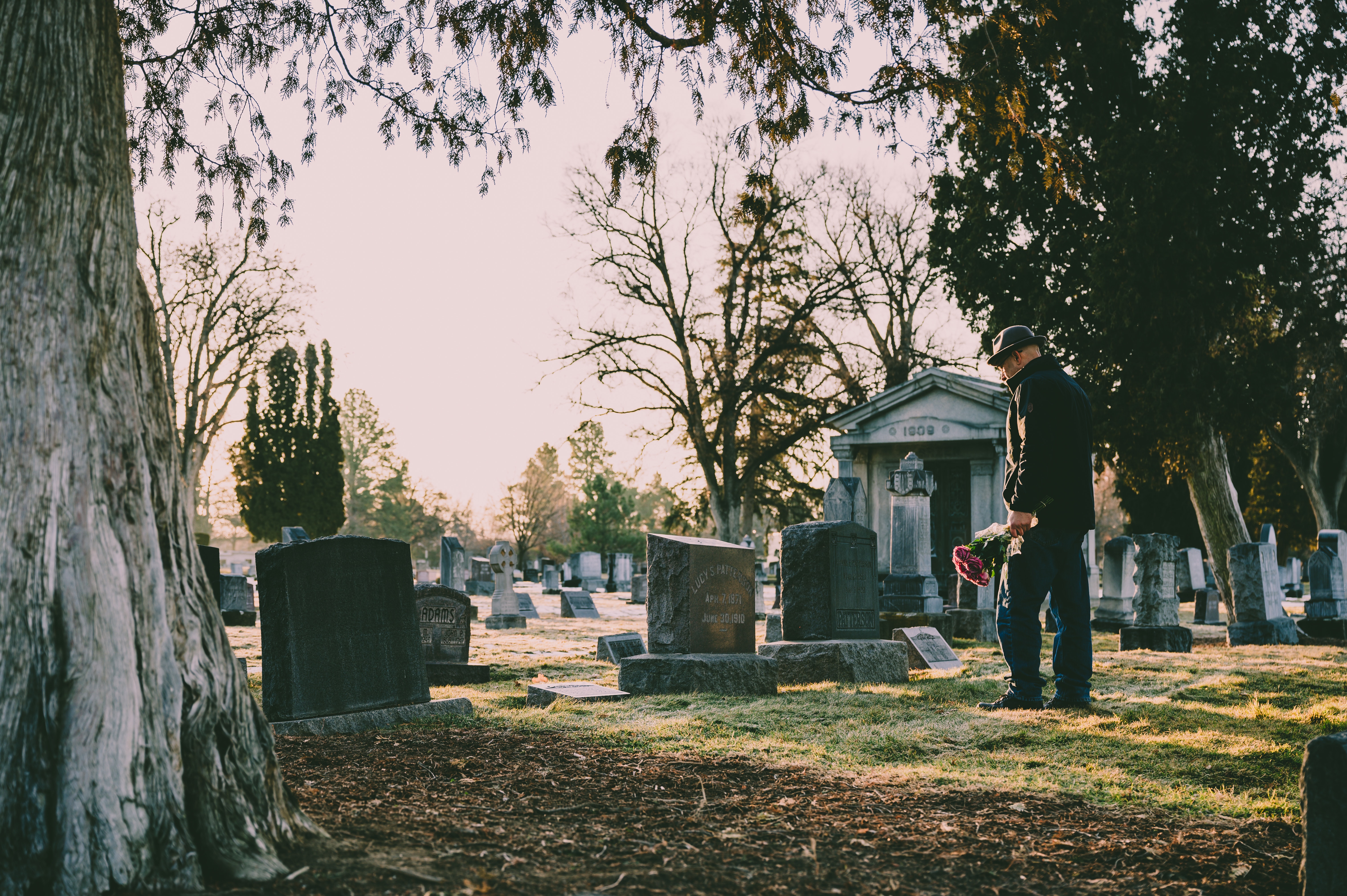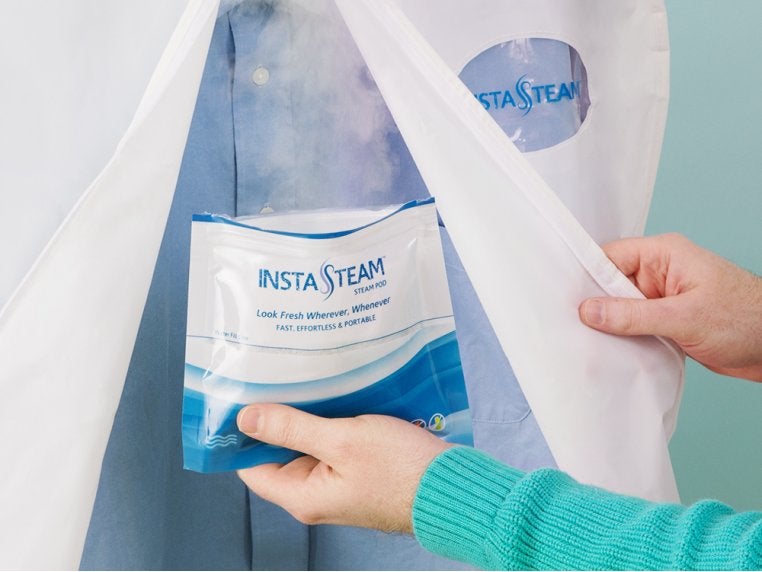Final Disposition Choices to Consider

Saying good-bye to loved ones can be very difficult, but knowing that they are at peace and resting in the way they chose can help provide comfort and ease of mind. There are a few common options to consider for final disposition, and if you’re discussing end of life options with a family member, this guide can help.
Burial
Burial is the most traditional form of final disposition, and may include anything from a plot in a cemetery to a resting place in a mausoleum. Traditional burial is often done by those who wish to keep loved ones together in a family plot and those who wish to visit often. For this process, a traditional casket is used, and you’ll have your choices of markers, plaques, or classic headstones.
Green Burial
Because there is growing discourse around the impact of embalming fluids on the environment, your loved one might opt for a more modern version of the burial process, called a green burial or natural burial. The materials used are safe and biodegradable, and the person is laid to rest so that they might return to the earth.
Cremation
Cremation is another common form of final disposition, and involves the process of using fire and heat to transform the body to ash. This allows loved ones to keep a part of the deceased at home, if they so wish, or they can bring the ashes to an important place to scatter them responsibly.
Incorporation
One new form of final disposition is a type of incorporation. You may have your loved one incorporated into the roots of a tree or even into a new habitat of coral reef in the ocean. This can be a beautiful way to give your loved one soul a form of rebirth and contributes back to the environment.
For more information on final disposition choices and how to plan a memorial service, find funeral professionals here at Ripplequest.com.





Comments
06 Sep,2019
Ipsum dolor sit amet, Ut enim ad minim veniam, quis nostrud exercitation ullamco laboris nisi ut aliquip ex ea commodo consequat.
08 Sep,2019
Lorem ipsum dolor sit amet, consectetur adipisicing elit, sed do eiusmod tempor incididunt ut labore et dolore magna aliqua. Ut enim ad minim veniam, quis nostrud exercitation ullamco laboris nisi ut aliquip ex ea commodo consequat.
09 Sep,2019
Lorem Ipsum is simply dummy text of the printing and typesetting industry. Lorem Ipsum has been the industry's standard dummy text ever since the 1500s, when an unknown printer took a galley of type and scrambled it to make a type.